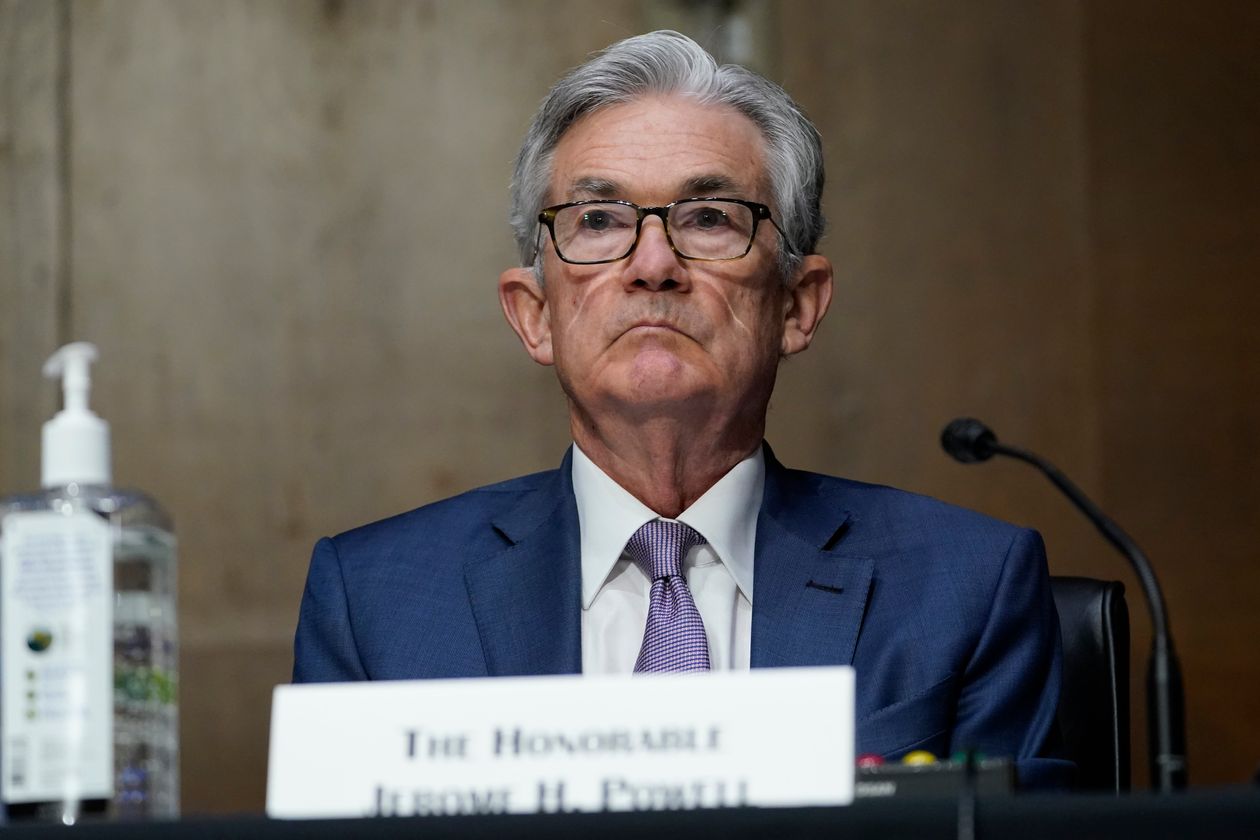 Kerby Anderson
Kerby Anderson
You have probably heard the phrase, “History Does Not Repeat Itself, But It Rhymes.” That observation is true, especially in economics.
Investor Ray Dalio learned that lesson at a young age. In 1971, he was clerking on the floor of the New York Stock Exchange. When President Nixon announced that paper currency could no longer be turned in for gold, he expected pandemonium on the floor as stocks took a dive. Instead, the stock market jumped 4 percent as the dollar plummeted. He was surprised because he hadn’t experienced a currency devaluation, but he would have known if he had studied history.
This isn’t the first time the US has had to deal with significant inflation. In fact, the current chairman of the Federal Reserve (Jerome Powell) vows that he won’t make the mistake of Arthur Burns, who was Fed chairman in the 1970s.
I recently read an article from a Yale economics professor who was at the Federal Reserve back in those days. He said Arthur Burns wanted to remove energy-related products from the Consumer Price Index (CPI) because of the Yom Kippur War and the subsequent oil embargo. Blaming oil prices on a war. Does that sound familiar?
Then came surging food prices. Arthur Burns argued that this was traceable to unusual weather (specifically an El Niño event) that affected such things as fertilizers and feedstock prices. He, therefore, wanted to remove food prices from the CPI. Again, doesn’t this sound familiar?
By the time he was done, only about 35 percent of the CPI was left. If you have been listening to my commentaries for any length of time, you know that we no longer measure CPI the way we did decades ago.
This isn’t the first time America has had to deal with significant inflation, and we can learn lessons from economic history about what we should do.
 Listen Online
Listen Online Watch Online
Watch Online Find a Station in Your Area
Find a Station in Your Area










 Listen Now
Listen Now Watch Online
Watch Online
